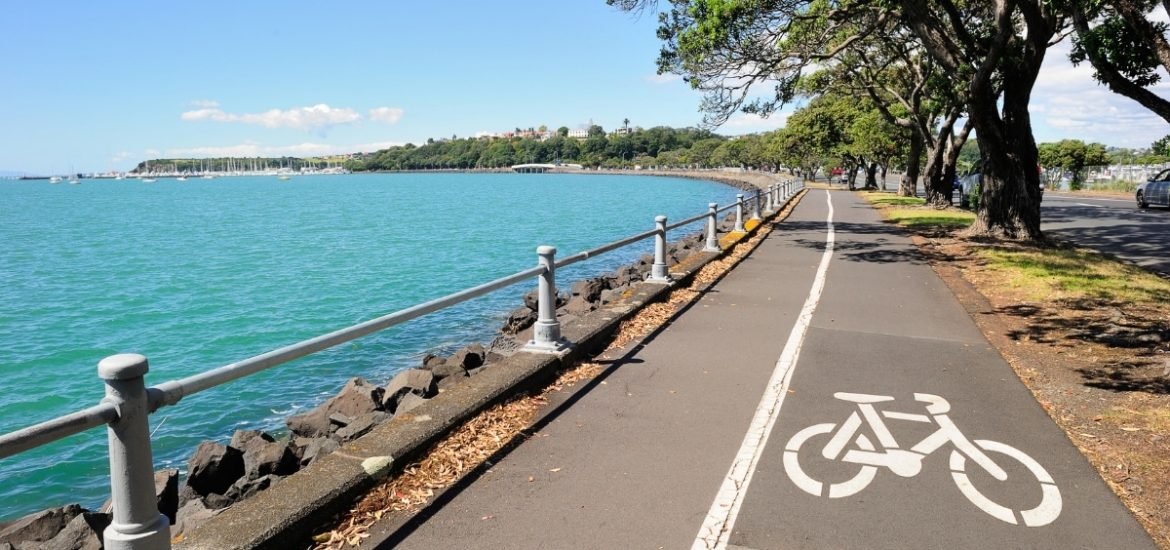
Substantial health gains and healthcare cost savings can be achieved by switching short car trips to walking and cycling, according to a new study published on 17 July in PLOS One (1).
The idea that walking or cycling — so-called “active transport” — is better for your health is definitely not new. But the study is the first to estimate the health impacts associated with walking and cycling instead of driving. More specifically, switching short vehicle trips to walking and cycling in New Zealand. In addition, the researchers analysed the associated changes in health system costs and greenhouse gas emissions.
The researchers from Otago University used survey data to model the potential impact that changes in physical activity, injury risk, and air pollution would bring about by simply switching to walking for car trips shorter than 1 kilometre and a mixture of walking and cycling for car trips under 5 kilometres. The analysis was based on three “what if” scenarios: uptake levels of 25, 50, and 100 per cent.
Health gains ranged from 1.61 to 25.43 quality-adjusted life-years (QALYs) — a measure commonly used in health economic evaluations to estimate disease burden, where one QALY is equivalent to one year of full health — per 1000 people, depending on the level of uptake. This equated to around 1200 QALYs across the total lifespan of the entire 2011 living population of New Zealand (around 4.4 million). Associated healthcare cost savings were around $127 million (around €110 million) up to $2.1 billion (€1 billion).
Physical inactivity can significantly contribute to disease, including heart disease, stroke, diabetes and breast and colon cancer, the authors write. They suggest that improving infrastructure and implementing interventions to encourage walking and cycling is a cost-effective way of promoting better health among populations. And could also reduce greenhouse gas emissions.
Globally, 23 per cent of adults and 81 per cent of adolescents (aged 11–17 years) do not meet the World Health Organisation (WHO) global recommendations on physical activity for health. But inactivity levels vary quite considerably between regions. In adults, the numbers are highest in the Eastern Mediterranean, the Americas, Europe, and Western Pacific regions, like New Zealand.
“If people swapped their car for walking or biking for just one-quarter of short trips, the health gains would be comparable to the health gain we have estimated previously for 10 per cent per annum tobacco tax increases from 2011 to 2025″, says Prof Tony Blakely, a co-author from the Department of Public Health in New Zealand. In other words, quite substantial.
He explains that by “making walking and cycling easier and preferred over cars for short trips is likely to be beneficial on all three counts of health gains, health system cost savings and greenhouse gas emissions. This evidence needs consideration in future policymaking and urban design”.
New Zealanders are highly reliant on cars with 79 per cent of all self-reported trips made by car and 56 per cent of those trips under 5 kilometres. The country has one of the highest car ownership rates in the world and road transport is responsible for 17.3 per cent of its total greenhouse gas emissions. However, while the study was specific to New Zealand, the findings could also have important implications for global health.
(1) Mizdrak, A. et al. Potential of active transport to improve health, reduce healthcare costs, and reduce greenhouse gas emissions: A modelling study. PLOS One (2019). DOI: 10.1371/journal.pone.0219316